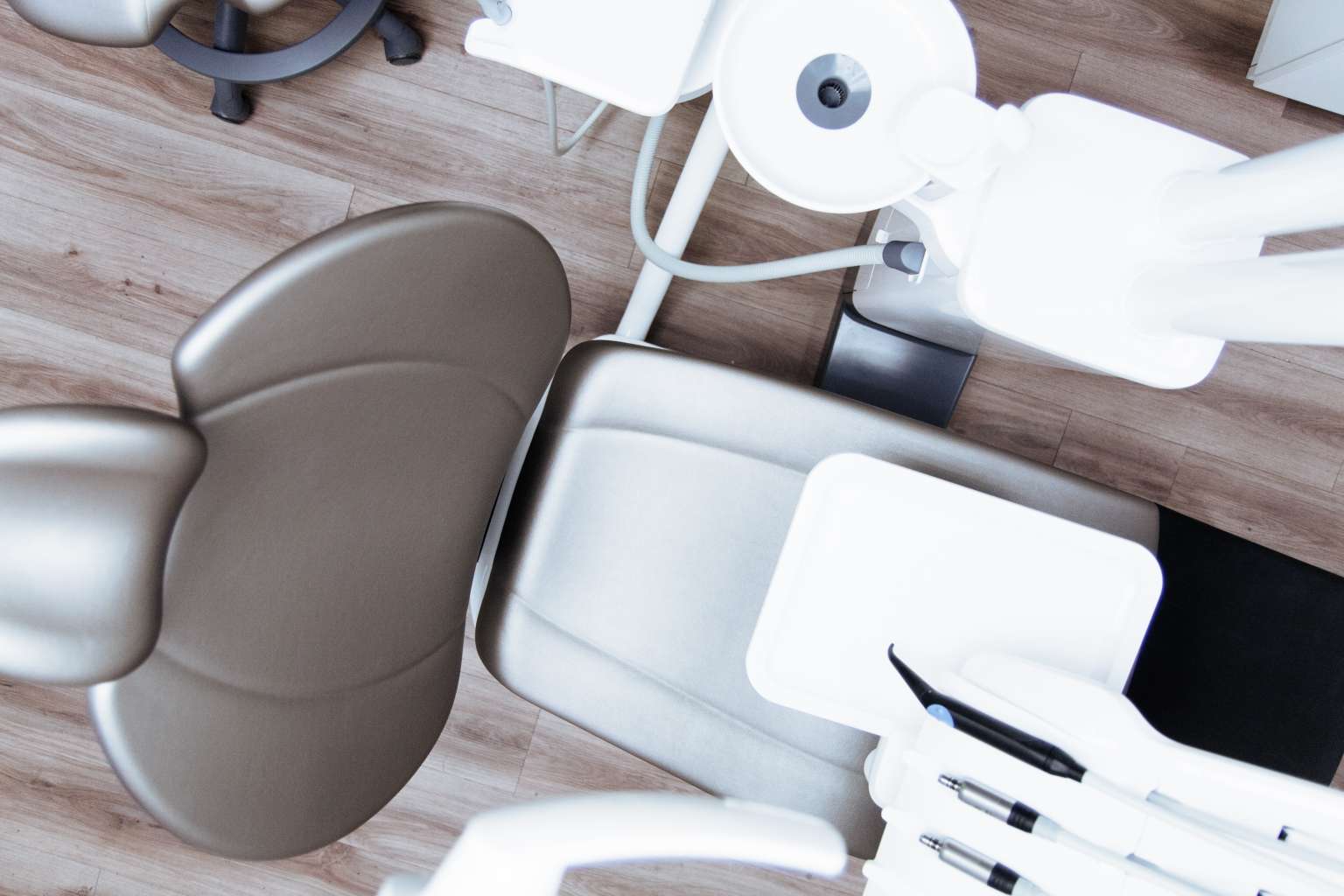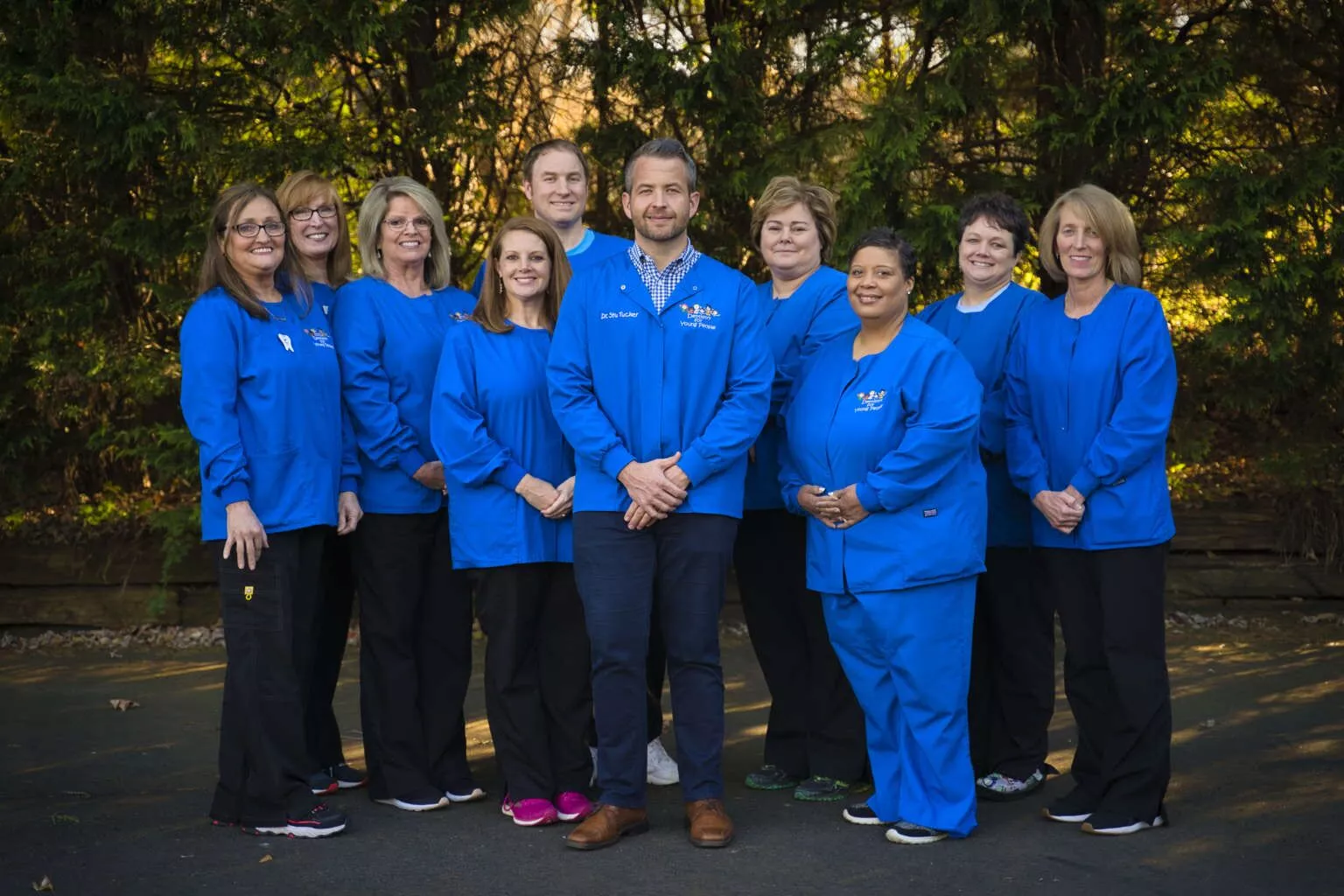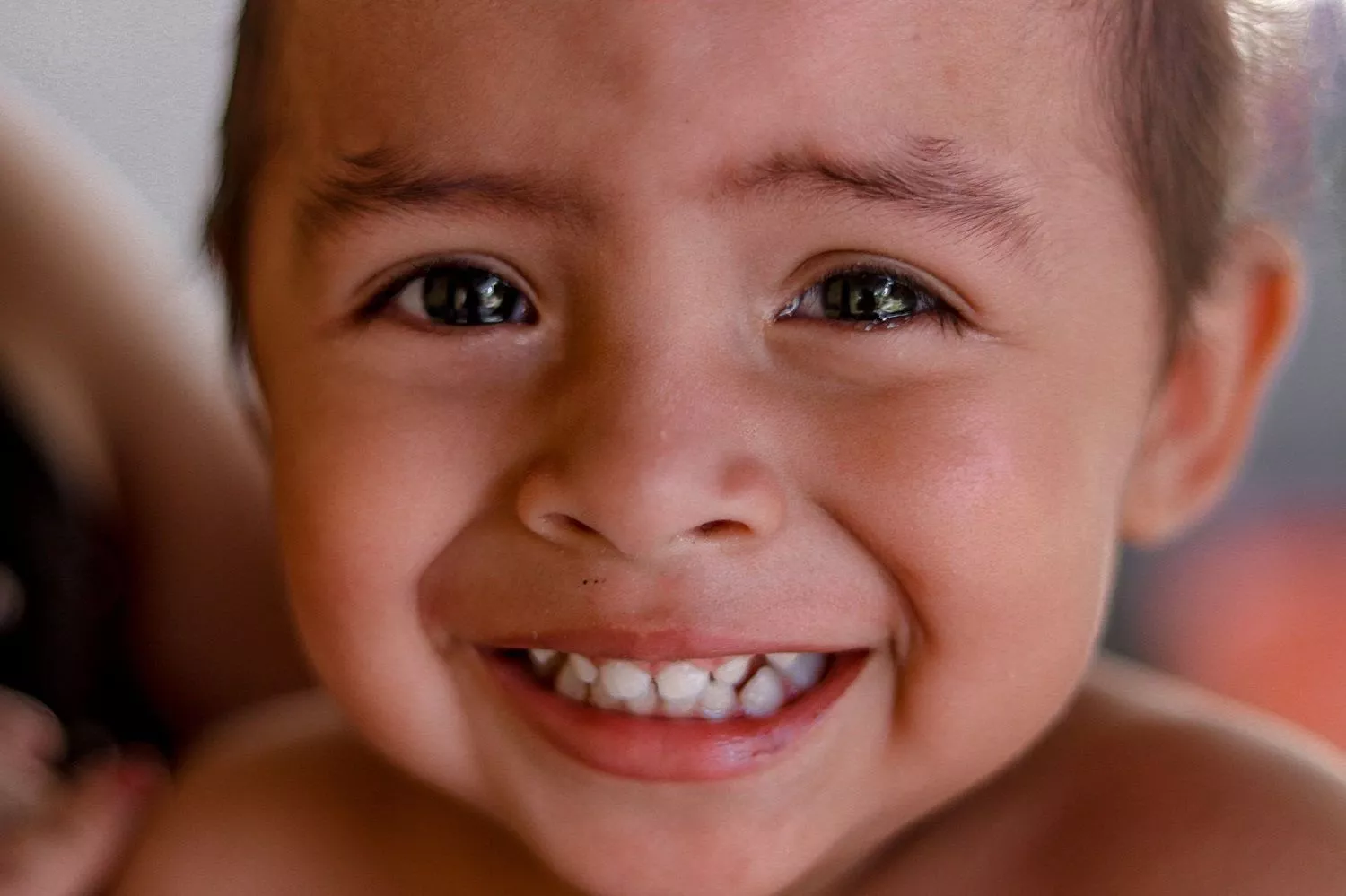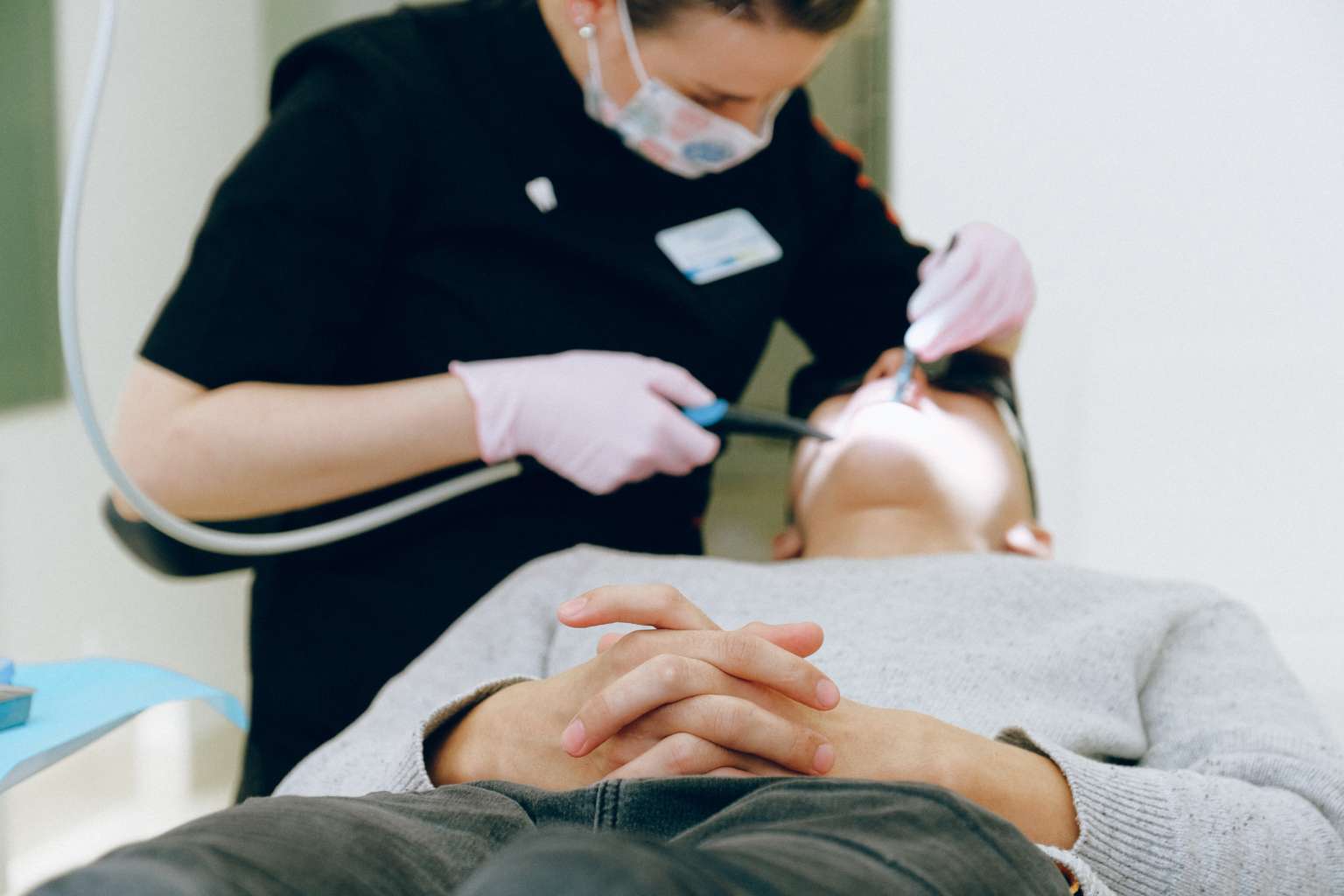Pediatric dentistry has changed substantially over the past several decades. Dental treatments were once focused almost entirely on function over form. Pediatric dentists have begun to recognize the possible pitfalls of focusing on the procedure alone rather than the experience of the children being treated.
Many pediatric dentists have begun to suspect that dental papoosing and restraint may fall in the category of treatment-focused care, rather than client-focused care.
What Is Dental Papoosing?
The term “papoose” may be most familiar as the carrying device used by some native cultures. In dentistry, the term actually refers to a restrictive device used in dental practices. The papoose board has been used in dental work for young children and individuals with special needs in order to restrain them during dental procedures. The use of papooses began in the middle of the 20th century and, despite some concerns, has continued into the present day.
The Origin of the Papoose
The dental papoose was developed as a means of safely restraining children and individuals with special needs for dental procedures. Because the use of dental equipment can be difficult when a child or adult is uncooperative, a device was developed to help dentists safely deliver dental treatments in the exam room.
Pediatric Restraint
Pediatric restraint continues to be recommended by the Academy of Pediatric Dentistry with caution but has given many other dentists, parents, and pediatric authorities pause. One parent attributed their child’s dental anxiety to the use of a dental papoose, and many others have suggested similar concerns.
Is Restraint Appropriate in Dentistry?
Restraint continues to be recommended in some cases in dentistry, particularly when procedures are long, patients are uncooperative, and sedation and other forms of gentle dentistry are unavailable or inappropriate. Dental restraint is not intended to take the place of cooperation and should only be used as a last resort and after other interventions have been attempted.
Restraint and Trauma
One of the most significant objections dentists and parents have about restraint during dental procedures is the possibility of psychological harm. Restraint can make children and individuals with special needs feel unsafe, coerced, or cornered and can significantly increase feelings of fear and anxiety during dental appointments. Over time, this can lead to refusal to see the dentist, eventually causing harm to a patient’s oral health.
Sedation Dentistry
Sedation dentistry aims to remove the need for dental restraint by subduing children in a less traumatic way. Although both forms of intervention require consent forms and the involvement of a parent, sedation dentistry may not inspire a feeling of fear or hesitation in children and can make visits to the dentist more pleasant and less anxiety-ridden.
Availability of Alternative Interventions
The availability of alternative interventions is one of the most significant determiners of treatment. Many pediatric dentistry practices do not yet offer robust sedation options for parents to select from and may rely heavily upon papooses and other forms of restraint to complete pediatric dental procedures.
Turning to Gentle Dentistry
Our pediatric dental office in Statesville, NC focuses on providing our patients with the best possible dental services in conjunction with sedation dentistry. Keeping in line with recommendations provided by the American Academy of Pediatrics, our doctor believes in providing dental services to children who might otherwise struggle to successfully sit for treatment.






